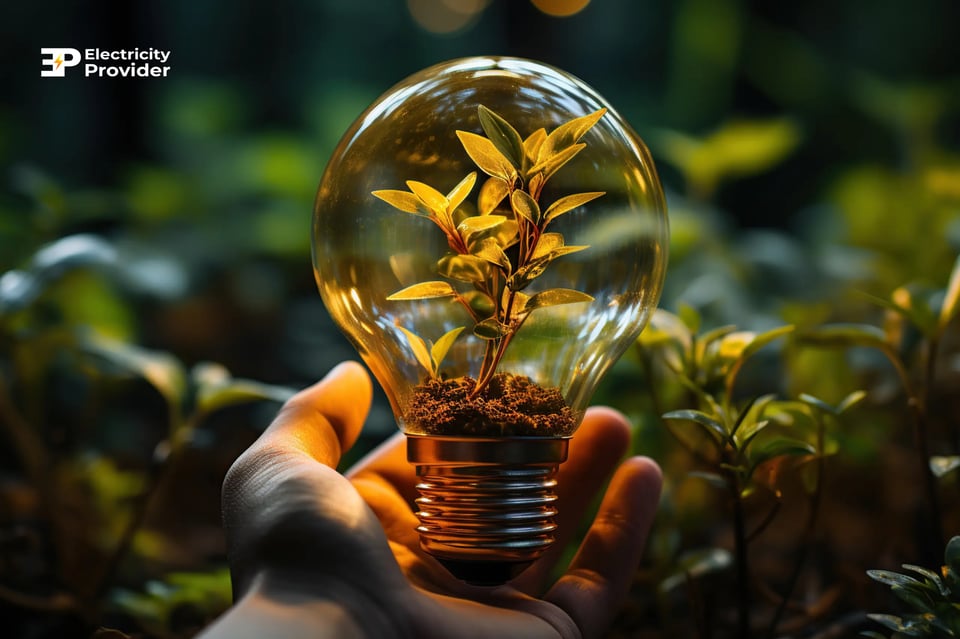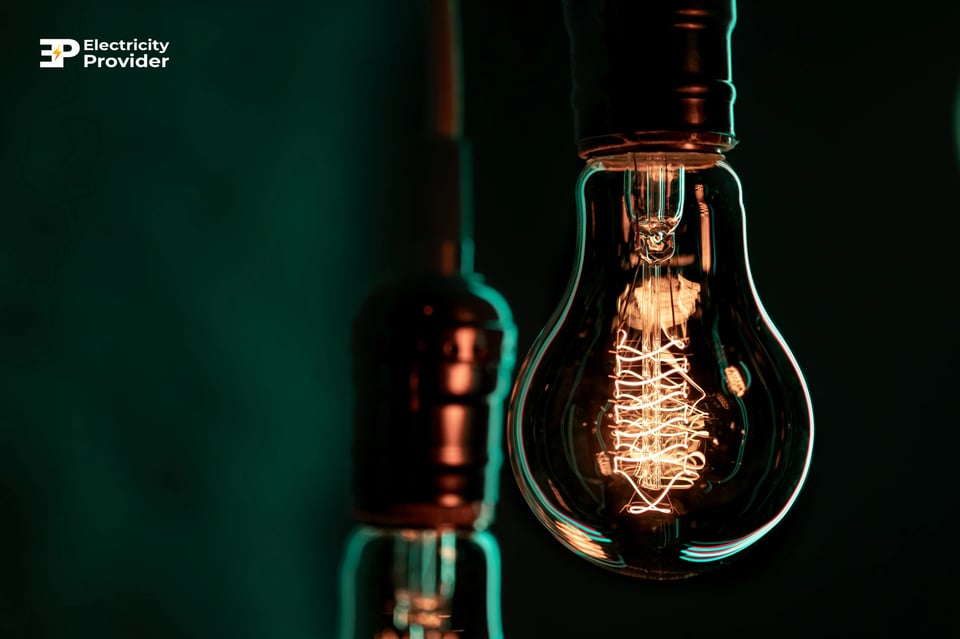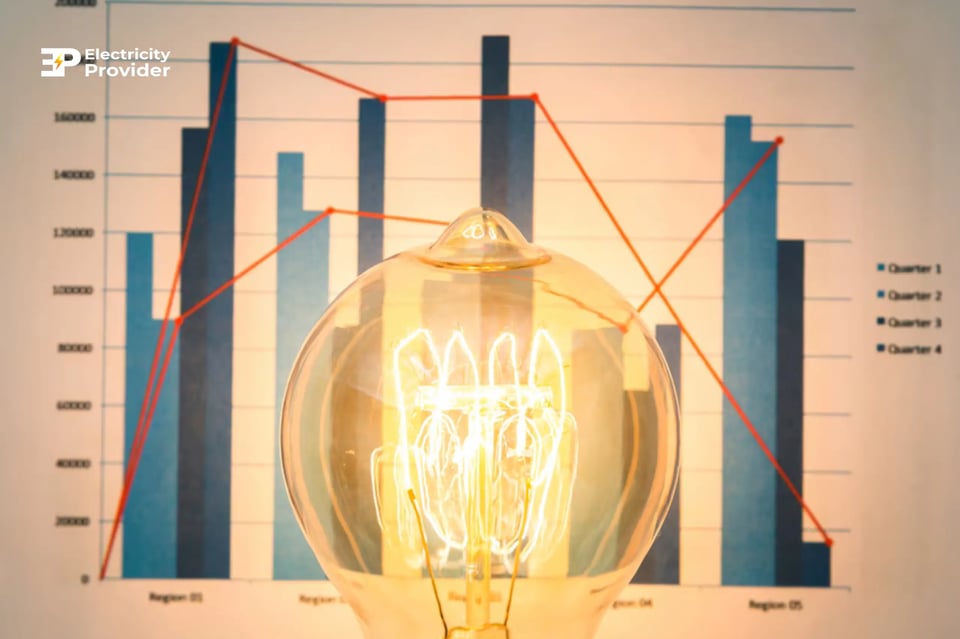This blog is a breakdown of the gas connection installation process in Australia, everything included from start to finish.
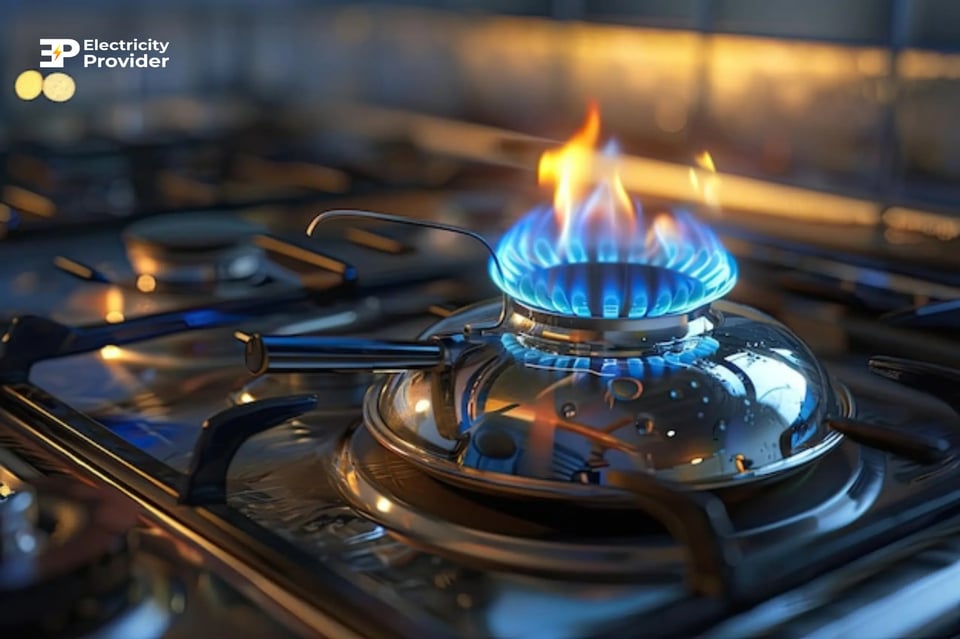
Published on 13/10/2024
By Pallav Verma
Gas Comparison
Natural gas is one of the most efficient and affordable sources of energy used in powering homes in Australia for heating, hot water, and cooking solutions. Whether you're moving into a new house or connecting gas to your existing property, it's important to understand the installation process. At Electricityprovider.com.au, our gas plan comparison service helps you choose from a trusted panel of providers to ensure a smooth and hassle-free connection. Below is a breakdown of the gas connection installation process in Australia, everything included from start to finish.
When connecting your home to the gas network, there are three main types of gas installations, depending on the existing infrastructure around your property:
Mains Construction: If there’s no existing gas main on your street, you're eligible for the most comprehensive installation. The gas distributor will extend the gas mains to connect to your property.
Service Line Installation: If your home doesn't already have a gas line, you'll need a service line installation to connect the mains to your meter, ensuring your property is properly linked to the gas supply.
Meter-Only Installation: This installation requires the installation of a gas meter only, as you already have an existing service line leading to your property.
The whole process of connecting your home to the gas network includes several major processes, which are contacting a licensed gas fitter, choosing a gas retailer, and ensuring that the gas pipes and meters are safely installed. All these are essential for making a secure, efficient, and complying connection.
Before applying for the gas connection process, ensure that there is available natural gas supply to your place. Availability of gas depends on the proximity of the gas mains close to your property. For most places in NSW and VIC, it will be easy as the distribution is wide and handy in many areas. Contact us on 1300059619 or your local distributor, or you can use the internet tools offered by major gas suppliers to know if you have a gas supply in your place.
Once you have agreed that you have a gas supply available, you'll then want to apply for a formal connection. This can, in most cases, be completed on line through your preferred gas retailer or distributor. In some cases, your builder or gas fitter will arrange this on your behalf, especially in new home developments. You'll usually be asked about the type of property and which appliances you will want to connect onto the gas network.
A licensed gas fitter must be employed for laying the gas pipes and appliances. The gas fitter would lay down the service line, the gas meter, and any appliances you might want, including hot-water systems or heaters. If you're still unsure of who to contact, most gas retailers can provide lists of registered gas fitters for your local area. Your local gas fitter will have done whatever compliance certifications he needs to have ensured your installation meets all Australian safety standards.
The gas service line is a pipeline that connects your property to your house. It connects the gas mains in the street with your property. Once it is placed, you can install the gas meter. The meter records consumption, which will enable your retailer to accurately calculate your bill. You should thus opt for a convenient location for the gas meter, which will be of help in regular maintenance and meter reading.
Most installations of a gas meter take only a few days after the service line is completed, but that depends also on weather conditions and accessibility of sites.
After installation of the service line and the meter, the gas fitter installs gas appliances. This might be:
All appliances are installed to the Australian Standard, and your gas fitter will test the complete system to ensure it is safe and working satisfactorily. Sometimes added work is required, for example trenching or laying piping. This may affect the overall time scale.
Once all the installations are completed, your gas fitter will provide you with a certificate of Compliance (COC) which ensures that the work has met all the required safety and regulatory standards set. Your retailer will then be forced to activate your meter, and you will now begin receiving gas to your home. Store your COC somewhere safe because it might be required at some point in time or while selling your property.
The last step is to choose a gas retailer that will deliver gas to your home after the physical installation of your gas system. The Australian gas market is competitive, with several retailers offering different plans. Electricityprovider.com.au provides a gas comparison platform so that you can find a suitable gas retailer for your needs from the range of providers. Be sure to consider the price, and discounts when making your decision.
While there is similarity between gas installations in VIC & NSW compared to SA and QLD, there is still a regional difference in regards to how to connect to the gas network in Australia:
Victoria (VIC) & New South Wales (NSW): Its generally comprehensive infrastructure, with mains available almost everywhere. The gas infrastructure is generally extensive, with mains accessible in most areas. However, recent regulations in Victoria stipulate that all homes constructed after January 2024 must be fully electric, which could limit future gas installations. Additionally, starting January 2025, a new connection fee will be applied to all new gas installations in Victoria, as stated in a blog published on esc.vic.gov.au.
South Australia (SA) & Queensland (QLD): Gas reticulation networks are scarce in some areas. You may have to ask for a connection from a site further afield, but the process is virtually identical across Australia. Naturally, installation times will vary depending on access and regional conditions.
Must read: How to Change Electricity Providers in Australia: Step by Step
If you're building a new home, the process differs slightly, as gas installation typically happens at the time of construction. Here's how to do it step by step:
Connecting gas to an existing house generally involves the following steps:
The factors such as:
The average installation cost of gas falls anywhere between $1,200 and $5,000.
Disclaimer: The costs provided are estimates only and can vary depending on several factors such as location, distance to the gas mains, specific installation requirements, and additional labor or material costs. It is always advisable to get a personalized quote from a licensed gas fitter for accurate pricing based on your property's unique needs.
Victoria Gas Distribution Code of Practice amendments require connection fees on new gas connections as of January 2025. New connection processes will be more efficient and transparent with this initiative. If you are planning to connect gas in Victoria, apply well before the deadline to avoid these charges.
In addition, the Victorian government states that starting from January 2024, all new homes requiring a planning permit must be all-electric, therefore meaning a natural gas connection might not be available in certain instances. For further information on such changes to regulations, head to the Essential Services Commission (ESC) website.
There are multiple reasons for using natural gas within Australian homes including:
Connecting your home to natural gas is a great milestone that grants your house reliable, cost-effective energy for cooking, heating, and hot water. Alternatively, you might live in VIC or NSW, or SA, or QLD - the procedure is slightly different from the rest yet remains identical in its core. It is only by knowing the process and what to expect that you will make it happen smoothly and efficiently. At Electricityprovider.com.au, we are here to compare gas plans and guide you through every step of the process.
Must read: Step-by-Step Instructions: Compare Electricity Rate with Online Tools
Before we start the process of connecting you to gas, you must know if gas is available in the area and the type of installment required. You will also require a licensed gas fitter and be required to check for non-standard site conditions that may affect the installation
This time to install gas varies. The ideal conditions may take between 10 to 20 business days to install the service line and meter. This may take longer for non-standard site conditions, weather-related delays, or complicated installations.
Gas line installation costs for homes in Australia range from $1,200 to $5,000. Costs are determined by factors like the number of gas outlets, pipe length, number of appliances to connect, materials like copper pipes, and labor. Ease of accessing your property is another critical determinant of cost.
No. Gas lines and connections to gas appliances should only be installed by licensed gas fitters, on both natural and LPG systems. Installation is illegal and poses a potential danger because of leaks or incorrect installation.
You can check if natural gas is available at your place by availing a free online checker provided by the distributors for gas. If there are no mains available, then you have to consider LPG as an alternative. Regional distributors like Jemena can help in sorting availability and connection options.
Non-standard site conditions may apply to the connection process. Examples include difficult access to the property, complex layouts or additional trenching required for the installation of gas pipes. Such cases may require additional work, and can potentially increase the time and cost associated with your gas installation. Prepare a clean site, clear of debris and construction materials, to avoid delays.
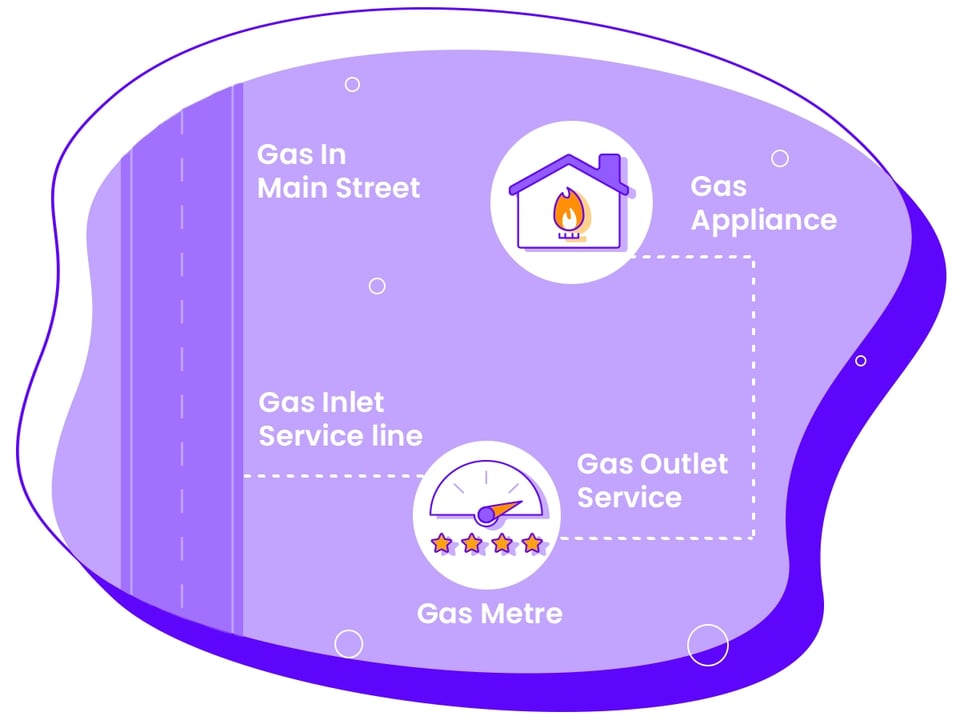
If the gas is available, then the connection process is done.
A registered gasfitter will organize for the service line to be put in place from the mains supply all the way up to your property, then connect your line to your gas meter.
If natural gas is available in your area, the process of connection by this should take a few days at most, although it depends on weather and access. In case LPG happens to be the fuel option, then there would be the installation of gas bottles or cylinders instead.

Your gas meter controls the amount of gas entering your home and measures your consumption of gas. The measurement is used by your gas retailer to calculate your gas bill. Most meters are read on a quarterly basis, though newer smart meters have the capability to measure usage in real time. Due to safety and regulatory requirements, gas meters are generally replaced about after ten years.
